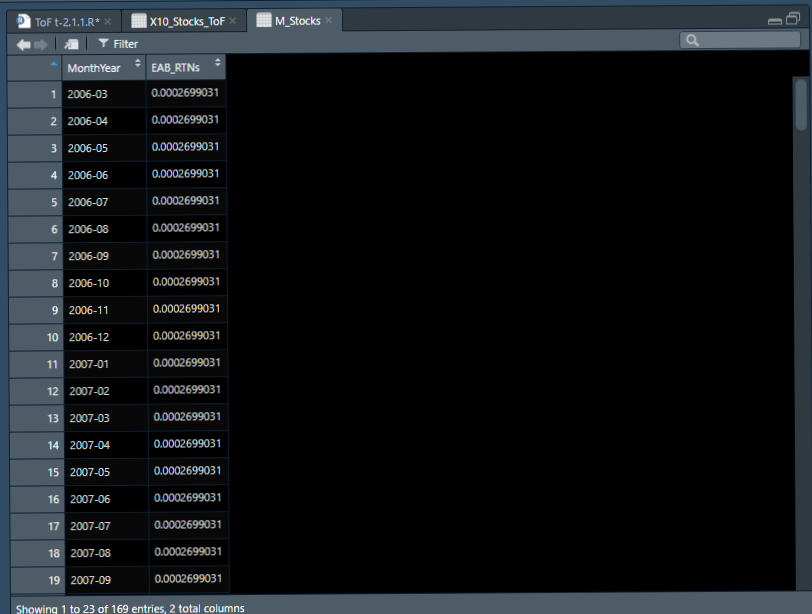
base_mutate % as.ame () tbl % as_tibble () dt % as.ame () %>%. The following functions perform, in order, 1) adding a variable, 2)įiltering rows, and 3) summarizing data by group using baseįunctionality. Table, but note that an object has a size and an address on yourīelow, I will look at the behavior of data.table (compared to base R Using this address later on because we’ll be making copies of this data It is roughly 20 MB and has an address of 0x7fc4335f9600. d % factor, x = rnorm ( 1e6 ), y = runif ( 1e6 ) ) d We’ll use the following data table for this post. library ( bench ) # assess speed and memory library ( data.table ) # data.table for all of its stuff library ( dplyr ) # compare it to data.table library ( lobstr ) # assess the process of R functionsĪnd we’ll set a random number seed. My computer will use 4 threads (a form of parallelization). If you want the specifics, continue on :) Packagesįirst, we’ll use the following packages to further understand R,ĭata.table, and dplyr.


Base R, dplyr, and data.table perform similarly when adding a.In cases of adding a variable, filtering rows, and summarizing data,īoth dplyr and data.table perform very well. We’ll be assessing these two things to understand more aboutĭata.table and dplyr (as well as base R). Speed: refers to how quickly the function runs.Efficient: refers to how much memory is used to perform a.

Throughout this post, I use the terms efficient and speed. When different tools are going to be more useful to me. Is why I am trying to understand the basic behavior of data.table,ĭplyr, and base R to do basic data manipulation-to understand I want to emphasize that this post is not to say one approach is better Modify-by-reference behavior as compared to the modify-by-copy that This post is designed to help me understand more about how data.table Made more meaningful with the renewed development of the dtplyr It has been a fun adventure (the nerd type of fun). Comparing Efficiency and Speed of `data.table`: Adding variables, filtering rows, and summarizing by group Īs of late, I have used the data.table package to do some of my data


 0 kommentar(er)
0 kommentar(er)
